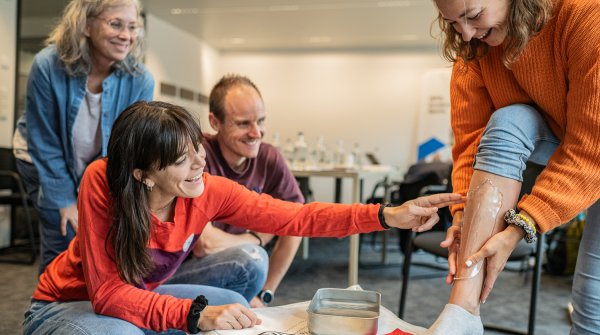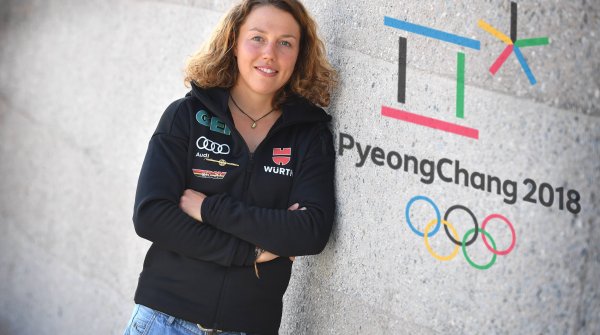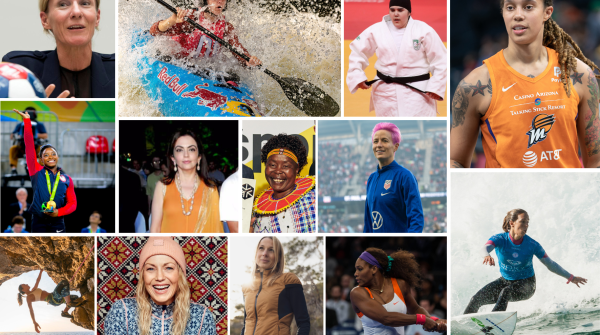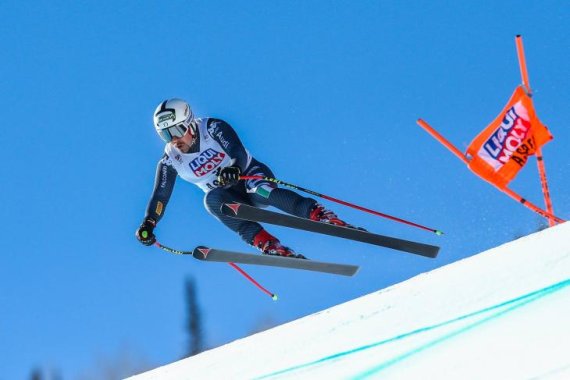
On the last weekend of November, the speed specialists of the Alpine Skiing World Cup will begin their season in the US. Peter Fill is the person to chase in downhill this Olympic season. In the past two years he’s won the little crystal globes in the Downhill World Cup. At the beginning of the season, he gives ISPO.com exclusive tips for how every skier can get better and faster.
Peter Fill, you’re heading into the Olympic season as the best downhill skier from last year – is the excitement even bigger there?
Peter Fill: You know what’s headed your way. The World Cup is highly prestigious, of course, but naturally the Olympics mean even more for us. Logically, I would like to gold-plate my career But naturally you know that everything needs to happen that day, and you need to be in top form. And even then you need to get lucky to go home with a medal.
How do I, as an experience skier, develop even more speed on my skis?
It’s always best when you go through gates and take the shortest, closest line. Of course when you’re free skiing, the flatter you can get your skis the better. Then, the more you hold the tips down, the more you’ll accelerate and the faster you’ll get.
Whereas new skis can tempt you to take more curves. I also think it’s fun to pull curves on the edges. It’s also a nice adrenaline quick when you’re alone on the slope, or you have a bit of space and you can slow your momentum a bit and take the curves. That’s the feeling every skier is looking for.
And how do I manage to switch off my brain?
The best thing is to just get up really early in the morning, buy your lift ticket, and get on the mountain as early as possible. Then you’ve already taken care of a lot. I believe our sport is so beautiful, and then if you’re the first one on the slopes, you’ll already get a lot back. Perfectly prepared piste, nature, sunshine – what more do you want? And in the early morning, naturally you can really run riot.
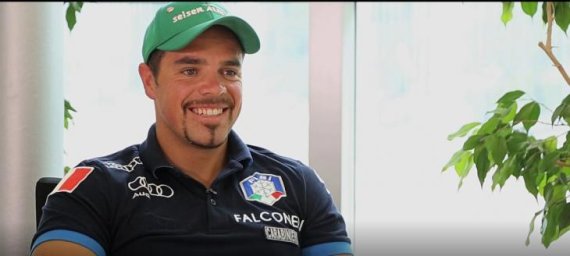
What role does material play in good, fast skiing?
I don’t believe there are any bad skis anymore. I even believe that skis can even teach some people how to ski. It’s easy to see that a lot of people are moving very fast and skiing very well with carving skis. What’s missing most often is strength and control. That’s why you also need to be physically fit if you decide to ski at certain speeds.
How does one achieve that? What are the most important exercises for “normal skiers” to build up their endurance for skiing?
One item very important for skiers: core training. That is, training of the back and belly to increase stability. All exercise is welcome here, as the new skis in particular put a very heavy strain on the back.
But, of course, also the most important thing for every normal skier is that you don’t get out of shape after the season’s over. I recommend cycling right after the season. It doesn’t stress your joints, and it helps with strength and especially endurance.
If there’s no snow on the ground, I can also make use of the bike training in the winter, too...
There are all kinds of tricks for bike training: In the morning, you bike some normal rounds with a normal cadence of about 90 revolutions per minute. The longer you’re on the road at that level, the better it is for endurance.
When we head into the season, you cut back the cadence a bit, to 60 maybe, and bike a steeper incline for an hour. You should step with some force there. That increases strength endurance.
And what kind of balance training is important after the perfect day of skiing?
It depends. If you’re a professional athlete, unwinding is the best to loosen your muscles back up and reduce your tone. If you’re a hobby skier, a little bit of après ski is best.
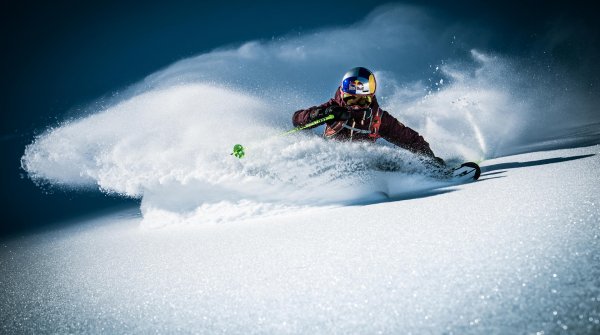 PeopleBetween soaring and crashing
PeopleBetween soaring and crashing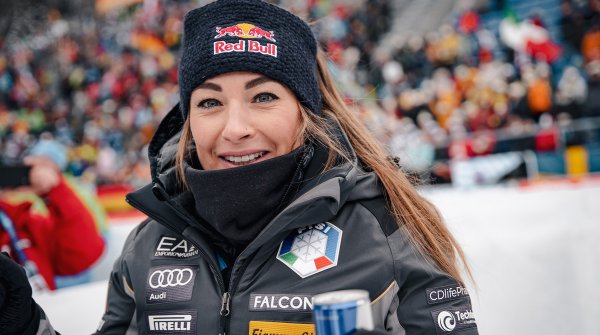
- ISPO awards
- Mountain sports
- Bike
- Design
- Retail
- Fitness
- Health
- ISPO Job Market
- ISPO Munich
- ISPO Shanghai
- Running
- Brands
- Sustainability
- Olympia
- OutDoor
- Promotion
- Sports Business
- ISPO Textrends
- Triathlon
- Water sports
- Winter sports
- eSports
- SportsTech
- OutDoor by ISPO
- Heroes
- Transformation
- Sport Fashion
- Urban Culture
- Challenges of a CEO
- Trade fairs
- Sports
- Find the Balance
- Product reviews
- Newsletter Exclusive Area
- Magazine

